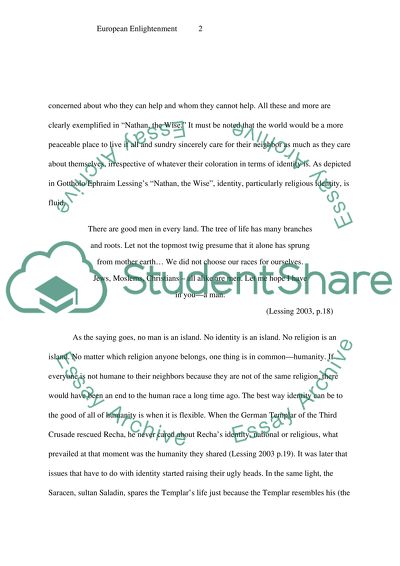Cite this document
(“Role of Identity in Nathan the Wise and Peruvian Letters Essay”, n.d.)
Retrieved from https://studentshare.org/literature/1437474--european-enlightenment-role-of-identity-in-nathan
Retrieved from https://studentshare.org/literature/1437474--european-enlightenment-role-of-identity-in-nathan
(Role of Identity in Nathan the Wise and Peruvian Letters Essay)
https://studentshare.org/literature/1437474--european-enlightenment-role-of-identity-in-nathan.
https://studentshare.org/literature/1437474--european-enlightenment-role-of-identity-in-nathan.
“Role of Identity in Nathan the Wise and Peruvian Letters Essay”, n.d. https://studentshare.org/literature/1437474--european-enlightenment-role-of-identity-in-nathan.


